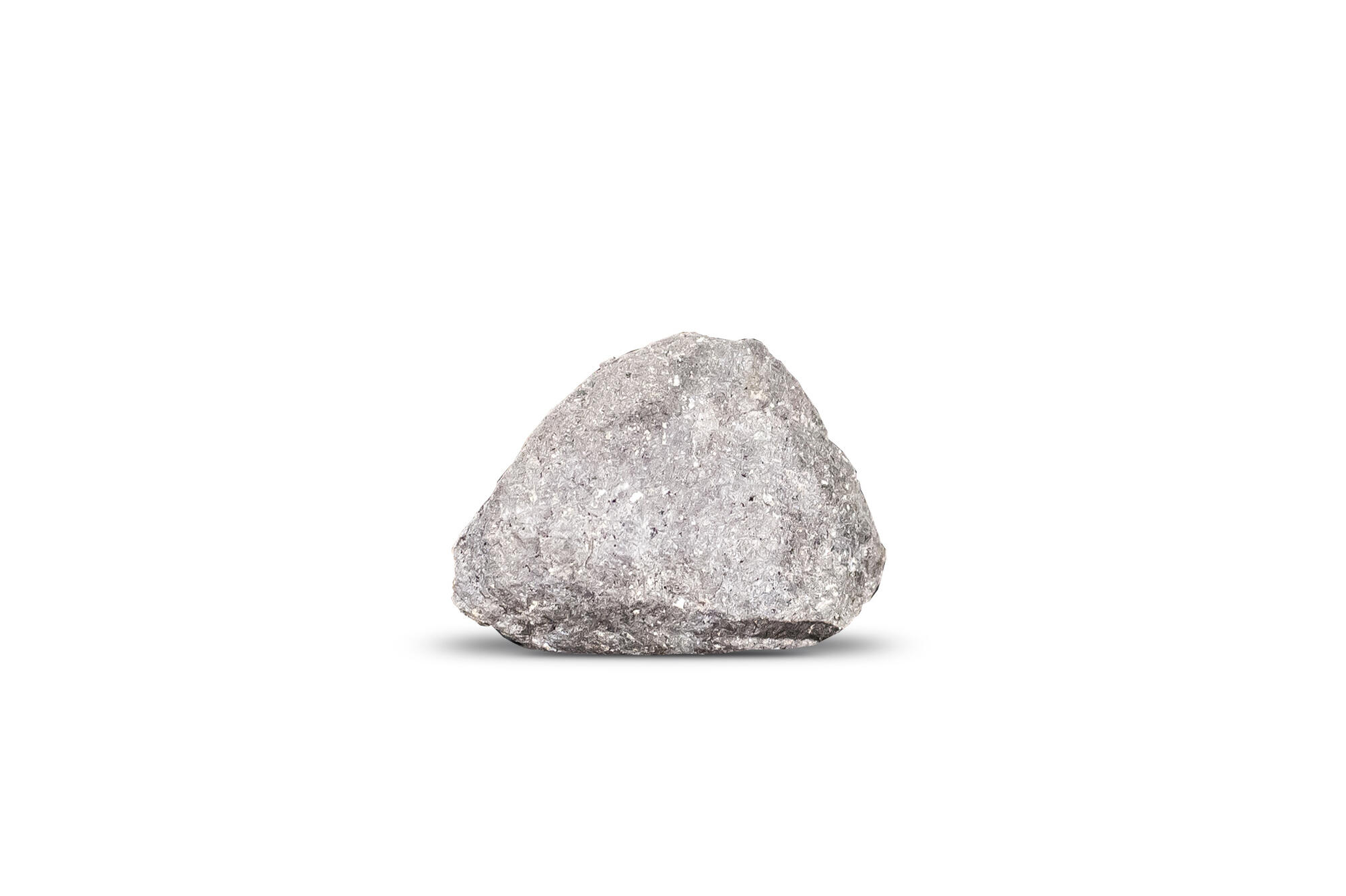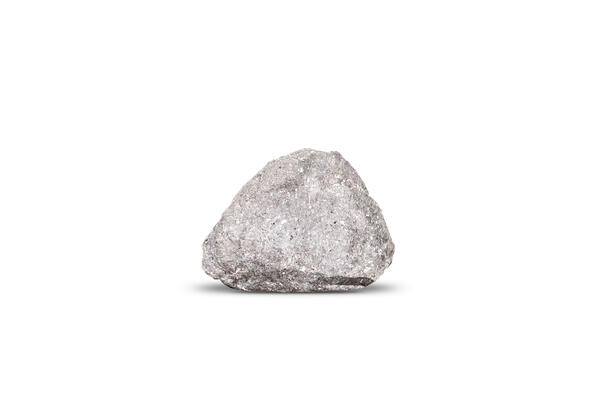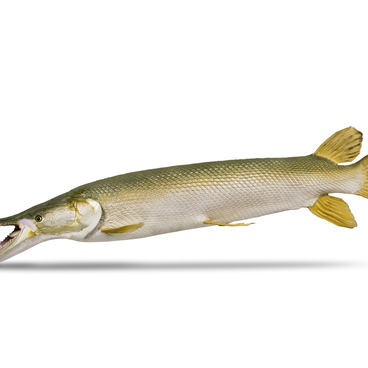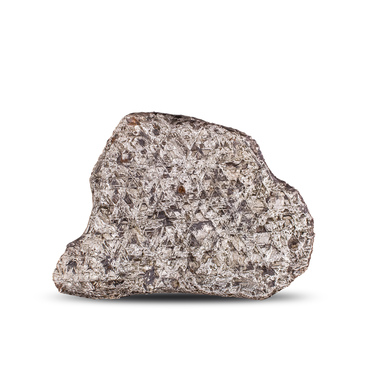On February 15, 2013, residents of Kurgan, Tyumen, Sverdlovsk, and Chelyabinsk regions could observe the rapid fall of the bright superbolide — a large asteroid. Upon entering the dense layers of the Earth’s atmosphere, its diameter was about 17-20 meters, and its weight reached 7-13 thousand tons. At the altitude of 20-30 kilometers, the celestial body disintegrated with a series of explosions, similar to those observed by eyewitnesses of the Tunguska event. Because of these explosions, some buildings in Chelyabinsk were destroyed or damaged, and about 2,000 people were injured.
Some fragments, upon reaching the ground, fell like a meteor shower. The largest of them fell into Lake Chebarkul, 70 kilometers from Chelyabinsk and broke the ice creating an 8-meter-wide airhole. On October 16, 2013, a 540 kilograms fragment was lifted from the bottom of the lake. In total, more than 650 kilograms of fragments of the meteorite were found in the lake. Initially, people wanted to name the meteorite after Lake Chebarkul, but in the end, it entered the International Catalogue of Meteorites under the name Chelyabinsk.
The Chelyabinsk meteorite belongs to the class of the ordinary chondrites, stony celestial bodies that make up 87% of all such finds on our planet. According to the results of the preliminary analysis, its approximate age was established to be about 4 billion years. It is likely that the meteorite was a part of some larger body, for instance, a minor planet.
Estimates of the composition of the Chelyabinsk meteorite indicate about 10% of iron, as well as magnetic pyrite and olivine. There are also inclusions of glass in its composition: they were probably formed from silicate compounds under the influence of high temperatures when the superbolide entered the Earth’s atmosphere.
The largest fragment of the Chelyabinsk meteorite, which weighed more than 500 kilograms, is exhibited in the Nature and Ancient History Hall of the State Museum of the South Ural History. Smaller fragments are displayed in other Russian museums, including the Natural History Museum of the Republic of Tatarstan. Parts of the fragments were used to manufacture souvenir medals awarded to the President of the International Olympic Committee and to ten champions of the 2014 Winter Olympics in Sochi.
Some fragments, upon reaching the ground, fell like a meteor shower. The largest of them fell into Lake Chebarkul, 70 kilometers from Chelyabinsk and broke the ice creating an 8-meter-wide airhole. On October 16, 2013, a 540 kilograms fragment was lifted from the bottom of the lake. In total, more than 650 kilograms of fragments of the meteorite were found in the lake. Initially, people wanted to name the meteorite after Lake Chebarkul, but in the end, it entered the International Catalogue of Meteorites under the name Chelyabinsk.
The Chelyabinsk meteorite belongs to the class of the ordinary chondrites, stony celestial bodies that make up 87% of all such finds on our planet. According to the results of the preliminary analysis, its approximate age was established to be about 4 billion years. It is likely that the meteorite was a part of some larger body, for instance, a minor planet.
Estimates of the composition of the Chelyabinsk meteorite indicate about 10% of iron, as well as magnetic pyrite and olivine. There are also inclusions of glass in its composition: they were probably formed from silicate compounds under the influence of high temperatures when the superbolide entered the Earth’s atmosphere.
The largest fragment of the Chelyabinsk meteorite, which weighed more than 500 kilograms, is exhibited in the Nature and Ancient History Hall of the State Museum of the South Ural History. Smaller fragments are displayed in other Russian museums, including the Natural History Museum of the Republic of Tatarstan. Parts of the fragments were used to manufacture souvenir medals awarded to the President of the International Olympic Committee and to ten champions of the 2014 Winter Olympics in Sochi.



